在 2018 年的復活節假期,我們帶領 21 位來自香港專業教育學院的同學及老師前往東北三省,考察當地文化及探討一帶一路的發展。
東北三省即遼寧、吉林與黑龍江三省,與俄羅斯及北韓朝鮮接壤。東北除了是清朝王室發源地,更是滿州國的所在地以及朝鮮族活躍的地方,一直以來都是多民族聚居之地 。自從 1949 年後,在中央政府調配下,更成為全國重工業重鎮。近年卻因為改革開放,反出現人才外流、建設緩慢的情況。
是次深度遊學,我們帶領同學深入瀋陽故宮及張帥府,認識滿族歷史以及民國奉系紮根之地,也重新了解今天在主流歷史中往往被忽視,卻曾極具實力和影響力的日本傀儡滿州國。
除歷史外,我們也著力讓同學更了解現今內地發展的未來潛力,安排深入藝術文化園區,與藝術家交流,也到訪不同院校,訪問同學對未來的看法。我們更特地到訪當地老人院及福利院服務,了解今天內地在高速發展下,相應的社區配套發展及帶來的社會問題。了解國內發展後,我們亦探討中國的外交關係,拜訪朝鮮族聚居地,探討在東北的少數民族政策,以及與南、北韓的聯繫。
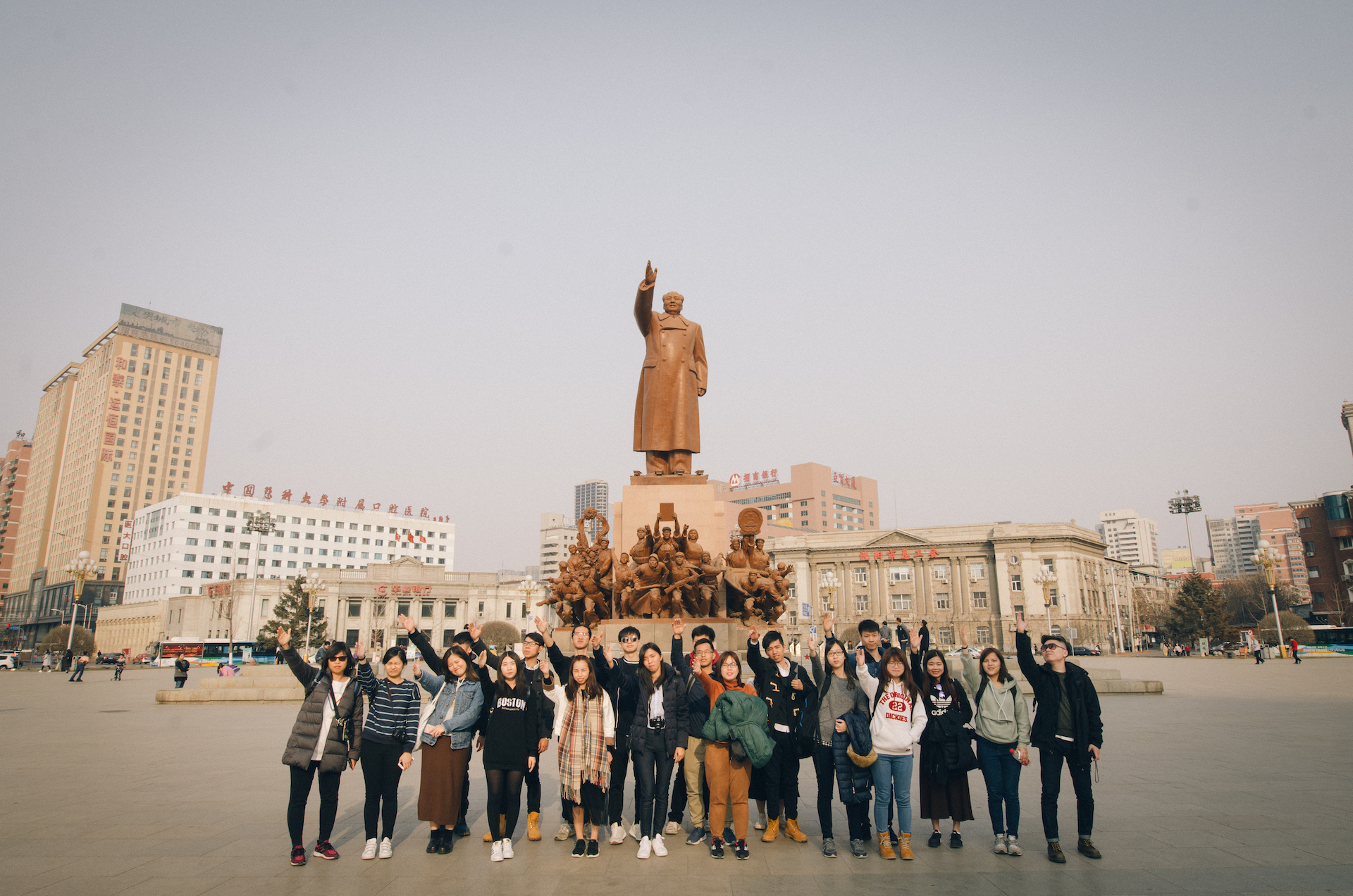
提及東三省,我們每每會想起軍閥年代的張氏父子 — 張作霖和張學良。張家對中國近代影響深遠,由軍閥割據年代在東北地方擁兵一方,到日軍炸死張作霖引發皇姑屯事件開始侵華,再到張作霖挾持蔣介石到西安要求國共合作抗日,張家都每每牽動近代中國政局。在張氏帥府的參觀,同學們不但可以了解在東北曾經叱𠮟風雲的張家,更會深入了解到近代中國的歷史。
除了張氏帥府,我們亦前往了位於瀋陽的中山廣場參觀。廣場四周的建築都是滿州國時期,由日本人設計及興建的和式洋風建築,在新中國成立後仍然保留下來,目前仍在使用當中。廣場正中間竪立的毛澤東像是文革期間建立的,與四周的日系建築格格不入,相映成趣。因此,我們在此與不單與同學探討了日本人在殖民地的城市建設及規劃,還討論中國和日本間的關係。
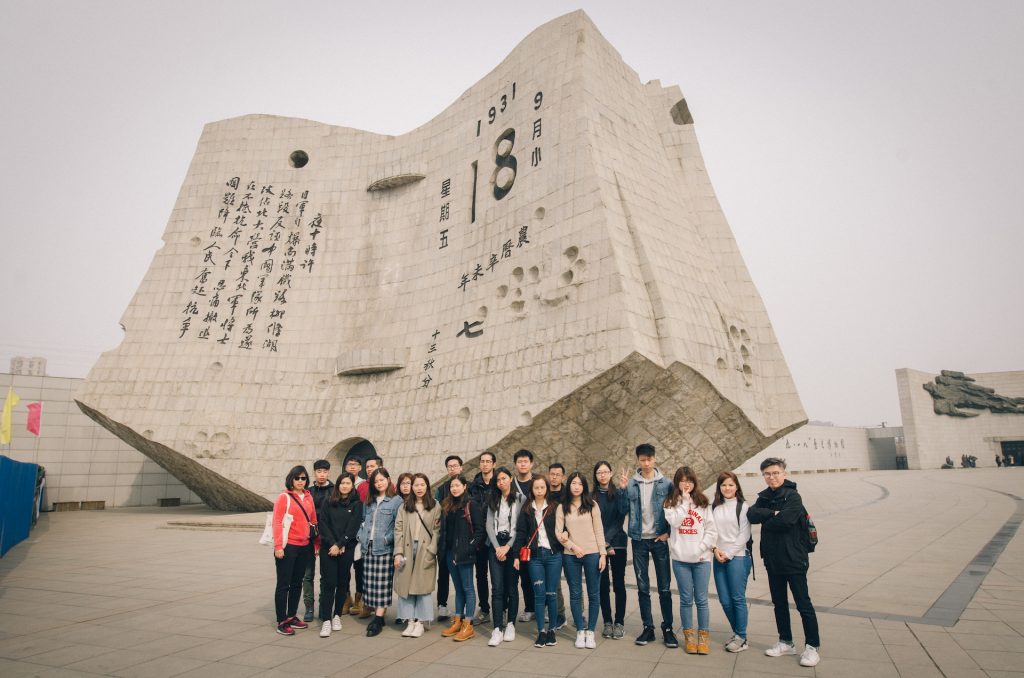
軍閥之外,9.18 事變亦是中國東北的重要歷史事件,是東北淪陷的序章,掀起東北地方 14 年日治時期。在九十年代,中央在瀋陽成立九一八事變博物館,一方面加強國民了解東北陷落的歲月,另一方面亦以此作為愛國教育基地。

行程間,我們亦來到離瀋陽 300 公里遠的長春。長春曾經是滿州國的首都,康德皇帝溥儀就在此被扶植成為日本的傀儡皇帝。我們參觀了滿洲國的帝宮,了解東北在當時的歷史,以及中國與日本的關係。除了日本,哈爾濱的當代發展亦深受俄羅斯影響,歐式建築風格遍佈全市,當中最有名的就是聖蘇菲亞大教堂,可謂哈爾濱的地標之一。
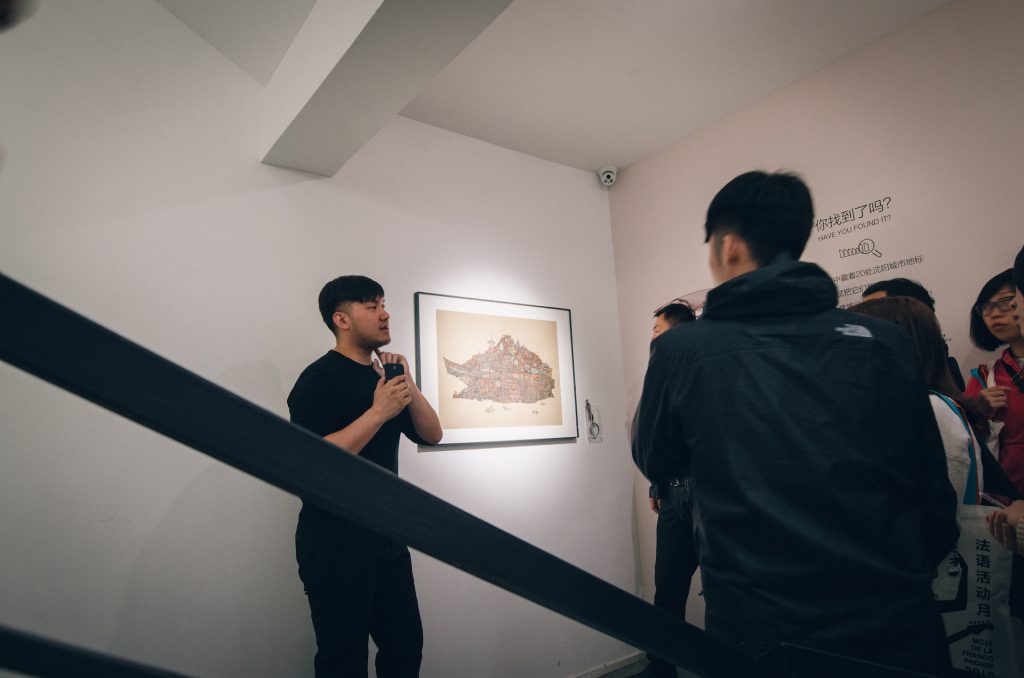
走過歷史,來到現在,我們為加深對中國都市年輕人的小資生活,特意參觀了 1905 文化園區,並與當地年青藝術家羅凱鵬會面。
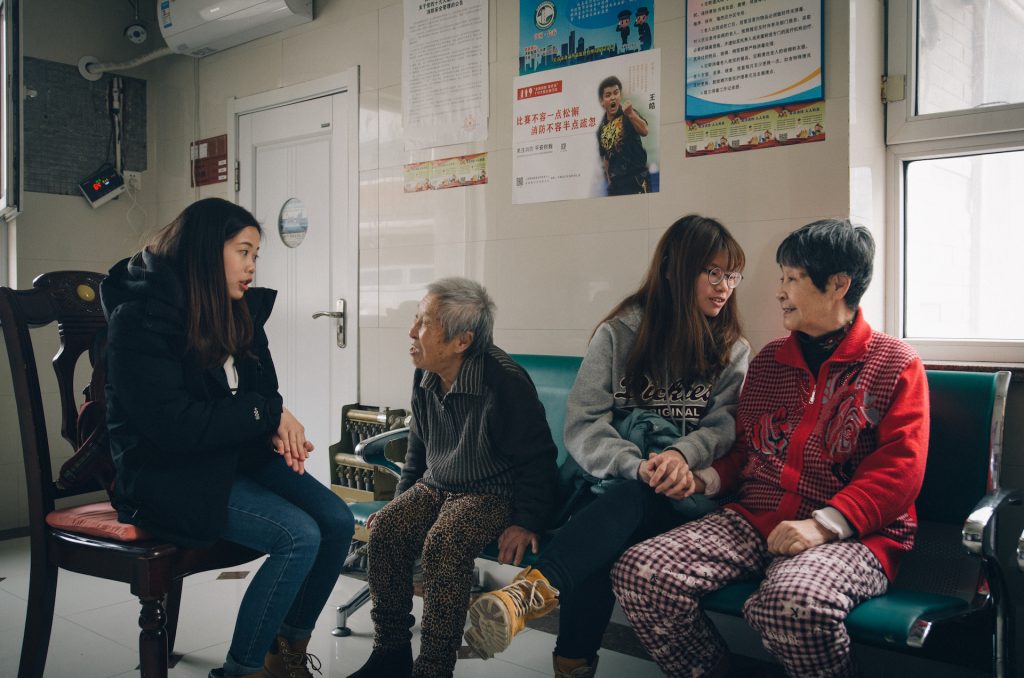
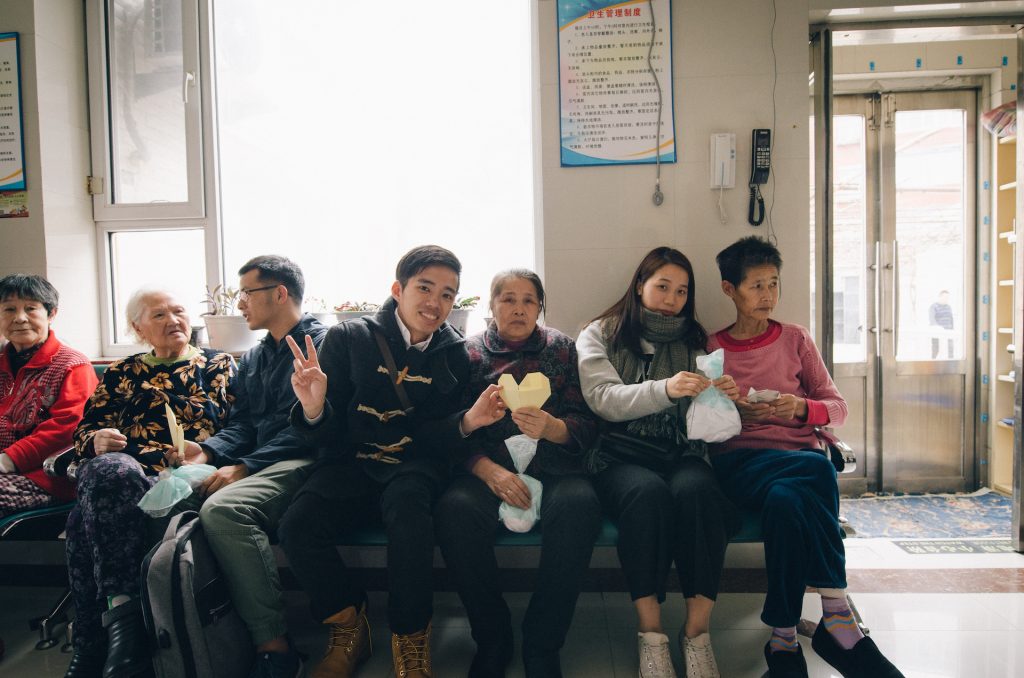
同學此行的另一個重要任務是到訪當地老人院進行義工服務,從而了解內地的安老措施及反思本港的相關政策。同時,我們也特意拜訪瀋陽市兒童福利院,並與小朋友遊玩之餘,了解國內孤兒政策。
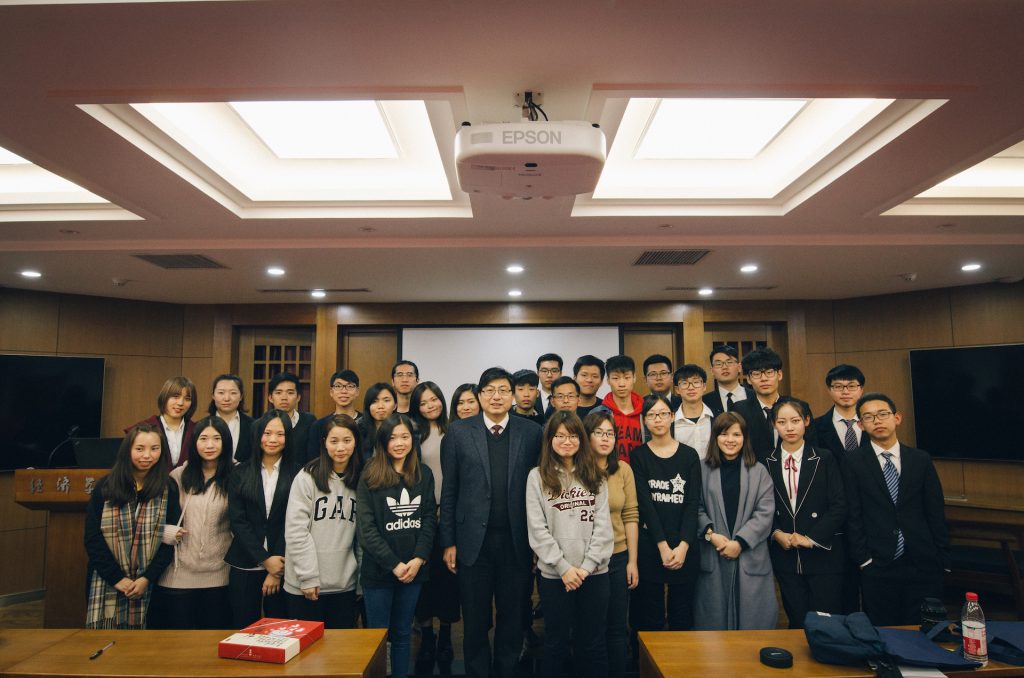
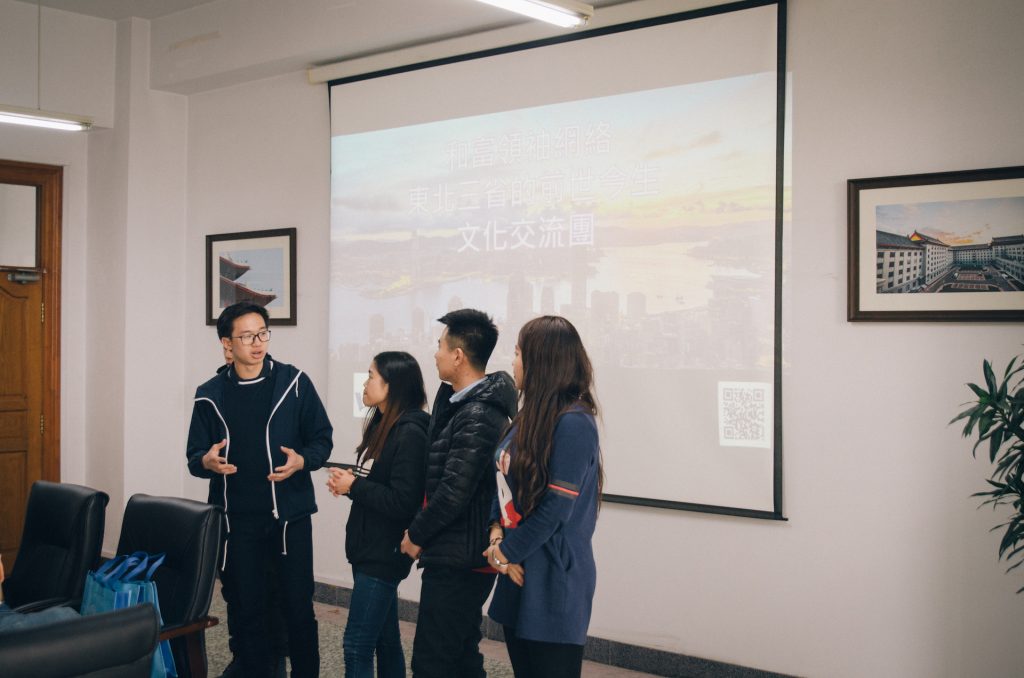
為了增加同學對一帶一路的認識,我們特意拜訪了吉林大學經濟學院,並由副院長丁一兵教授向同學簡介一帶一路的基本政策。會後,我們更與吉林大學的同學共晉晚膳,渡過了一個溫馨而愉快的晚上。除了吉林大學,行程中我們也拜訪了哈爾濱工程大學,了解中港學生不同的學習生活及情況。
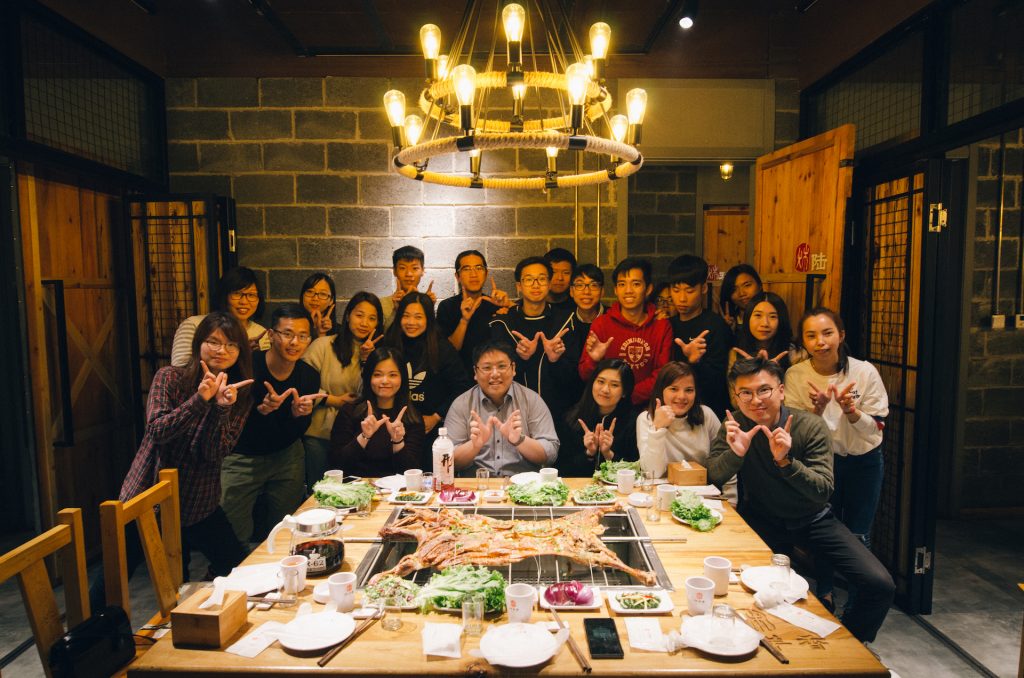
最後,香港與東北經貿往來日益頻繁,特區政府在三年前開設駐瀋陽聯絡處,協助當地經商及生活的港人。駐瀋陽聯絡處在行程最後一晚特意宴請同學,並與大家分享了港人在內地發展的機遇與挑戰。
Recap of Northeastern China Programme for IVE
During the Easter in 2018, we have designed a programme to Northeastern China for students and teachers from Hong Kong Institute of Vocational Education, to explore the local culture and discuss the opportunity under the Belt and Road Initiative. We also visited nursing house and orphanage.
We visited Marshal Zhang’s Mansion in Shenyang to discover the modern history of Northeastern China.Since Zhang Zoulin has found the powerful warlordship in Northeast China, the Zhang family developed a great influence on modern Chinese politics, notably the Huanggutun Incident and the Xian Incident.
Besides, the buildings in Japanese-Western eclectic style surrounding the Zhongshan Plaza in Shenyang was designed and built during the Manchukuo period by Japanese architects. These buildings have survived even after the foundation of the People’s Republic of China and still currently in use. The Mao Zedong Statue in the middle, which stands out amongst the classical architectures, was placed during the Cultural Revolution. Therefore, we do not only explain the urban planning by Japanese colonist with the participants but also discuss the Sino-Japanese relations.
The 9.18 incident was also an important in the history of Northeastern China, which symbolised the beginning of the 14 years of Japanese invasion of Manchuria. The Central Government founded the 9.18 incident museum in the 1990s to promote the public attention on the history of Japanese invasion and enhance patriotic education in China.
Not only learn about its history, we also had an in-depth understanding on the modern development of Northeastern China. For instance, we visited the Tiexi 1905 Creative Culture Park and met with the local young artist Lockon Lo. During the conversation, students understood the Xiaozi lifestyle of modern Chinese youth in the urban.
In the tour, we also went to Changchun, the capital of Manchukuo, where the Kangde Emperor Puyi was crowned as the puppet ruler of the state by the Japanese militants. We visited Imperial Palace of Manchukuo to examine the history and the relationship between China and Japan during that period of time.
Located near Russia, Northeastern China was deeply influenced by Russian cultures. Even until nowadays, European architectures are still commonly seen in everywhere of the city. The St. Sophia Cathedral is the most famous one among all the Russian-built architectures in the city.
Besides studying the history and development of Northeastern China, voluntary services were also highlights in our trip. Through delivering voluntary services at a local elderly house, the students get a better understanding of the Chinese policy for elders and compare the related policy of Hong Kong. Students had also visited the Shenyang Orphanage and delivered voluntary services for the children there, facilitating the understanding of the policy for orphans in Northeastern China.
To comprehend the understanding of the Belt and Road Initiative, we arranged the visit to the School of Economy of Jilin University (JU). Professor Ting Yibing, the Deputy Dean of the School, has deliver a speech related to the Initiative. We had dinner with the JU students afterwards. We also visited the Harbin Engineering University to understand the differences between the school lives in Hong Kong and the Mainland China.
And with the increasing trade volume between Hong Kong and Northeastern China, the HKSAR Government has set up the Liaoning Liasion Office in Shenyang to provide assistance to Hong Kong residents who live and work in the region.
The Office hosted a dinner party on the last night for our students. We also discussed the challenges and opportunities Hongkongese commonly encountered in Mainland China.
